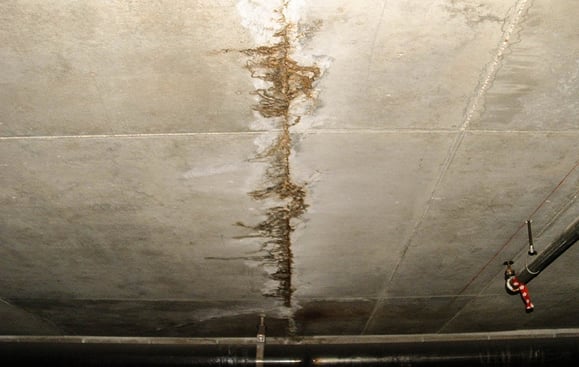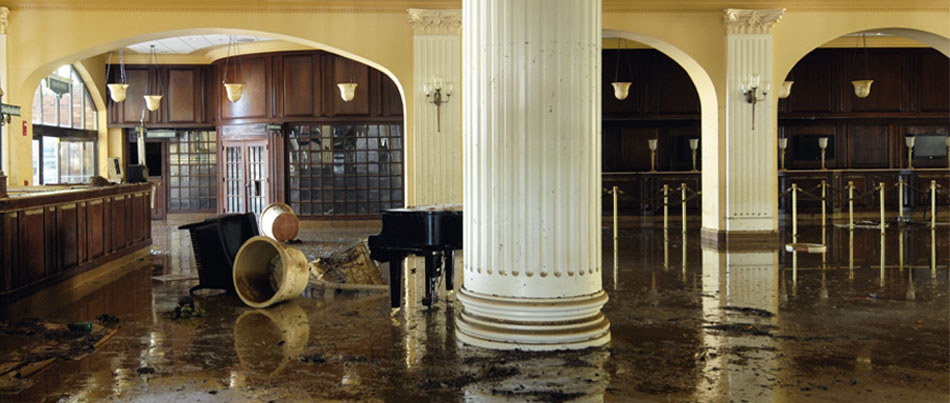Do's & Don'ts of Water Restoration.
Do's & Don'ts of Water Restoration.
Blog Article
Listed here in the next paragraph you will find a lot of good news related to 5 Home Safety Tips To Reduce The Risk Of Fire And Water Damage.

Water provides life, however water intrusion on some parts where it's not supposed to be can cause damages as well as hassle. It can peel away the surface area as well as deteriorate the material's foundation if the water leaks into your framework. Mold and mildew and mold likewise thrive in a wet atmosphere, which can be dangerous for your as well as your family's health. On top of that, residences with water damage odor musty as well as old.
Water can originate from many sources like tropical cyclones, floodings, ruptured pipelines, leakages, and sewer issues. It's far better to have a functioning expertise of safety and security precautions if you have water damage. Below are a couple of standards on exactly how to handle water damage.
Do Prioritize Home Insurance Insurance Coverage
Seasonal water damages can come from floods, seasonal rainfalls, as well as wind. There is likewise an incident of a sudden flooding, whether it came from a faulty pipeline that all of a sudden bursts right into your home. To shield your house, obtain house insurance that covers both disasters such as natural tragedies, as well as emergency situations like broken plumbing.
Do Not Forget to Shut Off Utilities
When catastrophe strikes and also you're in a flood-prone area, switch off the primary electric circuit. Turning off the power avoids
electric shocks when water comes in as water functions as a conductor. Do not forget to turn off the primary water line valve as a means to prevent more damage.
Maintain your furnishings secure as they can relocate about as well as trigger extra damage if the floodwaters are getting high.
Do Stay Proactive and Heed Weather Condition Informs
If you live in a location afflicted by floods, remain positive and ready at all times. Pay attention to the news and discharge warnings if you live near a body of water like a river, lake, or creek .
Do Not Overlook the Roofing System
Your contractor must take care of the malfunctioning rain gutters or any kind of various other indicators of damage or weakening. An assessment will certainly protect against water from moving down your wall surfaces and soaking your ceiling.
Do Take Notice Of Tiny Leakages
A ruptured pipeline doesn't occur in a vacuum or overnight. There are red flags that can attract your focus as well as suggest to you some weakened pipes in your house. Indicators of warnings in your pipes include gurgling paint, peeling off wallpaper, water streaks, water stains, or trickling noises behind the walls. There are indicators that the pipeline will break. If you see these indicators, don't await a rise. Repair work and also check your plumbing repaired before it causes large damage to your home, finances, as well as an individual problem.
Don't Panic in Case of a Burst Pipe
Timing is key when it comes to water damages. If a pipeline ruptureds in your residence, quickly shut off your main water valve to reduce off the resource and avoid more damage. Call a reliable water damage restoration specialist for aid.
Water gives life, but water breach on some components where it's not meant to be can result in damage and aggravation. In enhancement, residences with water damage smell mildewy and old.
Seasonal water damages can come from floods, seasonal rains, and wind. Indications of red flags in your pipes consist of bubbling paint, peeling off wallpaper, water streaks, water discolorations, or leaking noises behind the wall surfaces. If a pipe ruptureds in your house, quickly shut off your major water valve to reduce off the source and also avoid even more damages.
Some Do's & Don't When Dealing with a Water Damage
DO:
Make sure the water source has been eliminated. Contact a plumber if needed. Turn off circuit breakers supplying electricity to wet areas and unplug any electronics that are on wet carpet or surfaces Remove small furniture items Remove as much excess water as possible by mopping or blotting; Use WHITE towels to blot wet carpeting Wipe water from wooden furniture after removing anything on it Remove and prop up wet upholstery cushions for even drying (check for any bleeding) Pin up curtains or furniture skirts if needed Place aluminum foil, saucers or wood blocks between furniture legs and wet carpet Turn on air conditioning for maximum drying in winter and open windows in the summer Open any drawers and cabinets affected for complete drying but do not force them open Remove any valuable art objects or paintings to a safe, dry place Open any suitcases or luggage that may have been affected to dry, preferably in sunlight Hang any fur or leather goods to dry at room temperature Punch small holes in sagging ceilings to relieve trapped water (don't forget to place pans beneath!); however, if the ceiling is sagging extremely low, stay out of the room and we'll take care of it DO NOT:
Leave wet fabrics in place; dry them as soon as possible Leave books, magazines or any other colored items on wet carpets or floor Use your household vacuum to remove water Use TV's or other electronics/appliances while standing on wet carpets or floors; especially not on wet concrete floors Turn on ceiling fixtures if the ceiling is wet Turn your heat up, unless instructed otherwise

I was made aware of that write-up on Preventing Fires and Water Damage In Your Home from an associate on a different domain. Make sure you take the opportunity to distribute this blog if you enjoyed reading it. We treasure reading our article about Preventing Fires and Water Damage In Your Home.
Report this page